Location
Mahalunge Rd, opposite D-MART, Baner, Pune, Maharashtra 411045
For consultation
+918056267050
Work Hours
Mon - Sat : 12 - 7:30 pm
Service
Home / Service
Sevices
Specialization
Our Specialization

Diagnostic Arthroscopy
Diagnostic arthroscopy is a minimally invasive surgical procedure used by orthopedic surgeons to visualize, diagnose, and sometimes treat problems inside a joint. It involves inserting a small camera, called an arthroscope, into the joint through a small incision. The arthroscope transmits images of the inside of the joint to a monitor, allowing the surgeon to examine the structures such as cartilage, ligaments, tendons, and synovium.

Total Hip Replacement
Total hip replacement, also known as total hip arthroplasty, is a surgical procedure in which a damaged or diseased hip joint is replaced with an artificial joint, called a prosthesis. This procedure is typically recommended for individuals with severe hip pain and disability caused by conditions such as osteoarthritis, rheumatoid arthritis, avascular necrosis, hip fractures, or other degenerative joint diseases.

Total Knee Replacement
Total knee replacement, also known as total knee arthroplasty, is a surgical procedure aimed at replacing damaged or diseased knee joints with artificial implants, or prostheses. It’s typically recommended for individuals with severe knee pain, stiffness, and disability caused by conditions such as osteoarthritis, rheumatoid arthritis, post-traumatic arthritis, or other degenerative joint diseases.

Carpal Tunnel Release
Carpal tunnel release is a surgical procedure performed to relieve symptoms of carpal tunnel syndrome, a condition characterized by compression of the median nerve as it passes through the carpal tunnel in the wrist. This compression can lead to symptoms such as pain, numbness, tingling, and weakness in the hand and fingers.

Shoulder Replacement Surgery
shoulder replacement: In this procedure, the ball and socket of the shoulder joint are replaced with prosthetic components made of metal and plastic. The damaged humeral head (ball) is replaced with a metal implant, and the glenoid (socket) is replaced with a plastic implant.

Revision knee replacement
Revision knee replacement, also known as revision total knee arthroplasty (TKA), is a surgical procedure performed when a previously implanted artificial knee joint needs to be replaced. This could be due to various reasons such as loosening of the implant, wear and tear, infection, instability, or fracture around the implant.

Acl reconstruction
ACL (anterior cruciate ligament) reconstruction is a surgical procedure aimed at repairing a torn ACL in the knee. The ACL is a crucial ligament that stabilizes the knee joint, and injuries to it are common, especially among athletes involved in sports that require sudden stops, changes in direction, or jumping.During ACL reconstruction, the torn ligament is replaced with a graft, typically sourced from the patient’s own hamstring tendon, patellar tendon, or a donor tendon.

Revision hip replacement
Ankle arthroscopy is a minimally invasive surgical procedure used to diagnose and treat various ankle joint conditions, including cartilage damage, ligament injuries, impingement syndrome, loose bodies, and synovitis. Similar to other arthroscopic procedures, ankle arthroscopy involves inserting a small camera, called an arthroscope, into the ankle joint through tiny incisions.

Knee Arthroscopy
Knee arthroscopy is a minimally invasive surgical procedure used to diagnose and treat various knee joint conditions, including meniscal tears, ligament injuries, cartilage damage, and synovitis. It involves inserting a small camera, called an arthroscope, into the knee joint through small incisions.

Shoulder Arthroscopy
Shoulder arthroscopy is a minimally invasive surgical procedure used to diagnose and treat various shoulder joint conditions, including rotator cuff tears, labral tears, shoulder impingement syndrome, and shoulder instability. It involves inserting a small camera, called an arthroscope, into the shoulder joint through small incisions.
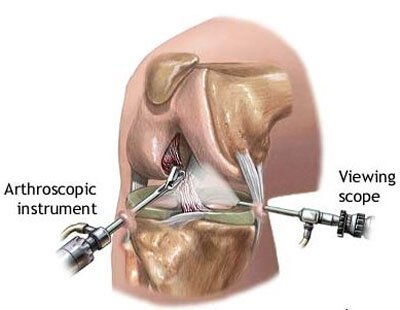
Meniscus Repair Surgery
Meniscus repair surgery is a surgical procedure aimed at repairing a torn meniscus, which is a common knee injury. The meniscus is a C-shaped cartilage structure that acts as a cushion and stabilizer in the knee joint. When it gets torn, it can cause pain, swelling, and limited mobility.

PCL Reconstruction Surgery
Posterior cruciate ligament (PCL) reconstruction surgery is a procedure used to repair or replace a torn or damaged PCL, one of the major ligaments in the knee. The PCL is located at the back of the knee joint and helps stabilize the knee, preventing the shinbone (tibia) from moving too far backward in relation to the thighbone (femur).
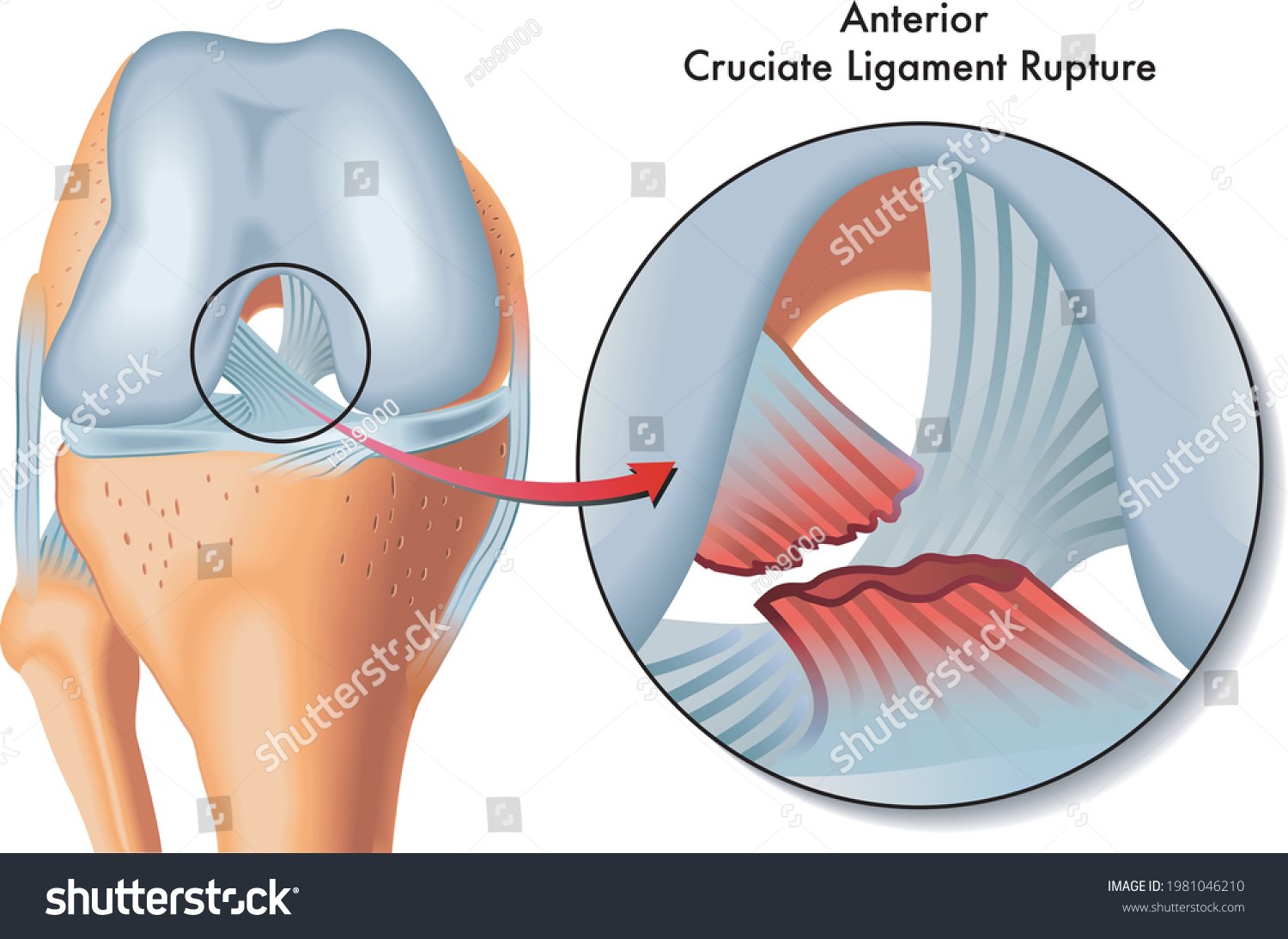
Ligament reconstruction
Ligament reconstruction is a surgical procedure aimed at repairing or replacing a torn or damaged ligament in the body. Ligaments are tough bands of connective tissue that connect bones to each other, providing stability and support to joints. Injuries to ligaments are common, particularly in the knees, shoulders, and ankles, often resulting from sports injuries, trauma, or repetitive strain.

Sports injuries
Sports injuries encompass a wide range of injuries that occur during athletic activities, exercise, or sports participation. These injuries can affect various parts of the body, including muscles, tendons, ligaments, bones, and joints. They can result from sudden trauma, overuse, improper technique, inadequate warm-up, or environmental factors.
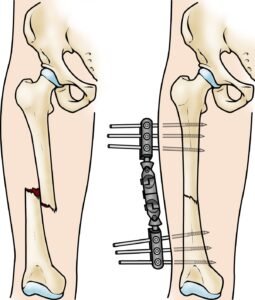
Fracture fixation
Fracture fixation is a surgical procedure aimed at stabilizing and aligning broken bones to facilitate healing. It involves the use of implants such as screws, plates, rods, wires, or external fixation devices to hold the fractured bone fragments in place until they heal.The specific technique used for fracture fixation depends on various factors, including the location and severity
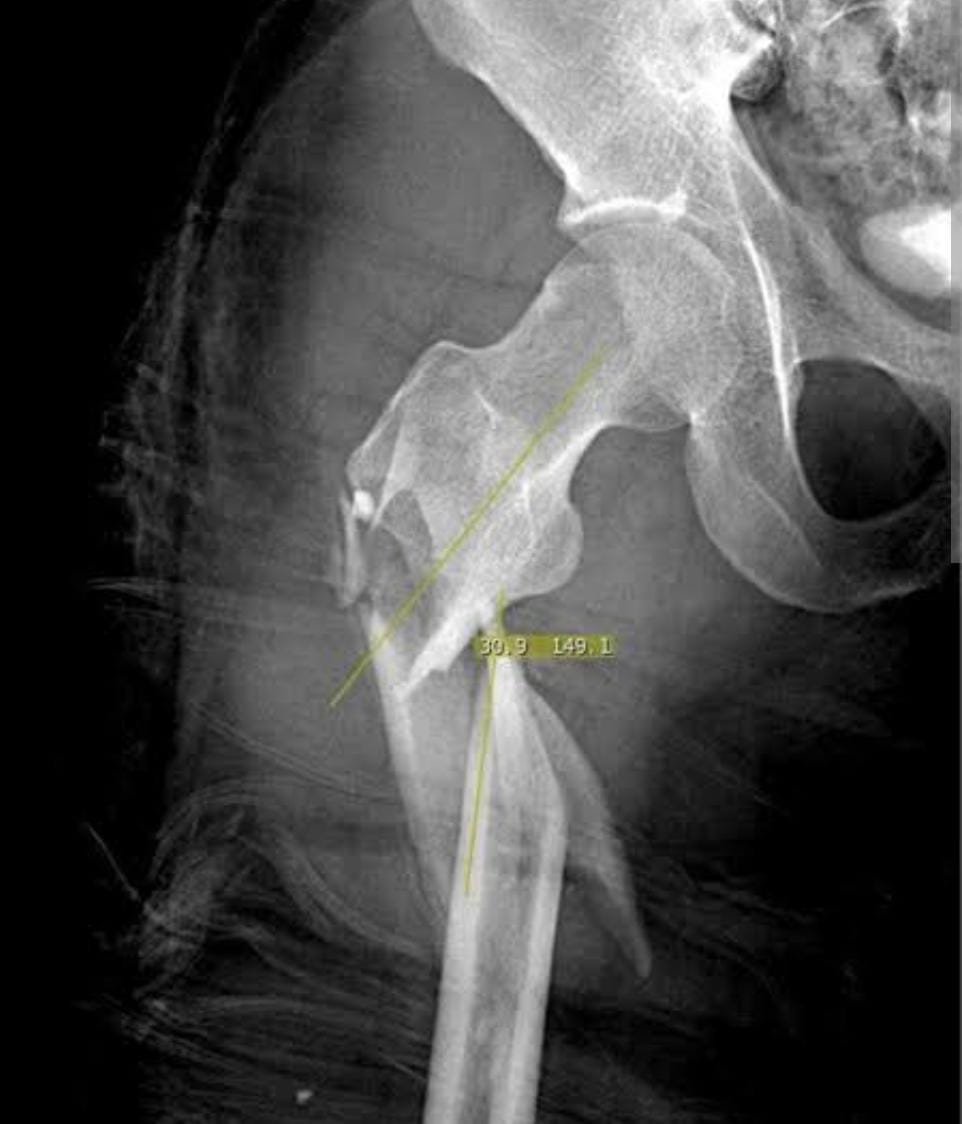
Complex hip Fractures
Complex hip fractures typically refer to fractures that are more challenging to treat due to factors such as the fracture pattern, patient’s age, bone quality, and associated medical conditions. These fractures often require specialized surgical techniques and comprehensive management to achieve optimal outcomes.

Lower back pain
Overuse, improper lifting, sudden movements, or poor posture can strain or sprain the muscles and ligaments in the lower back, leading to pain. Treatment typically involves rest, ice or heat therapy, gentle stretching, and over-the-counter pain relievers.
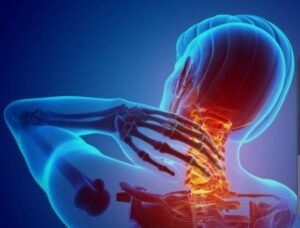
Neck pain
Overuse, poor posture, sudden movements, or sleeping in an awkward position can strain or sprain the muscles and ligaments in the neck, leading to pain and stiffness. Treatment typically involves rest, gentle stretching exercises, applying ice or heat, and over-the-counter pain relievers.
